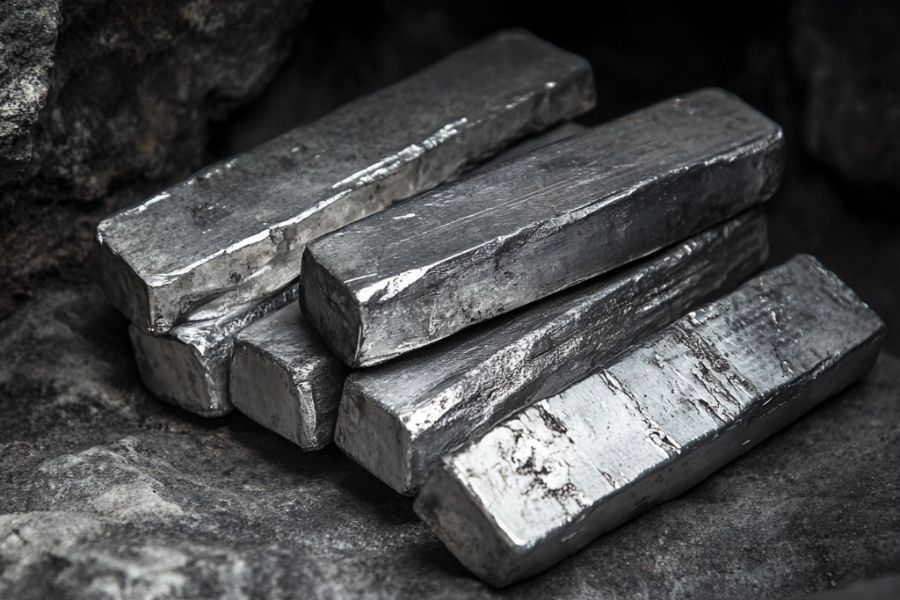You’ve probably hiked New Hampshire’s forests, kayaked its rivers, or explored its old mill towns. But did you know those same woods and waters might be hiding more than just natural beauty? Legends whisper of forgotten caches, stolen fortunes, and treasures buried in haste.
Think treasure hunting is just for pirates or movies? Think again. Right here in New Hampshire, rumors swirl about gold stashed during the Civil War, jewels lost in shipwrecks on the Isles of Shoals, and even gangster loot hidden in the North Country.
Some say these forgotten hoards could be worth millions today. Imagine stumbling on one while hiking Mount Washington or poking around an old cellar hole near the Connecticut River.
Whether you find a rusty coin or a chest full of jewels, you’re stepping into the same mystery that’s kept this state buzzing for generations.
The Lost Riches of New Hampshire Ready to Be Found
Discover some of the state’s most intriguing and priceless treasures yet to be uncovered:
Captain John Clifton’s Buried Booty – $2,000,000+
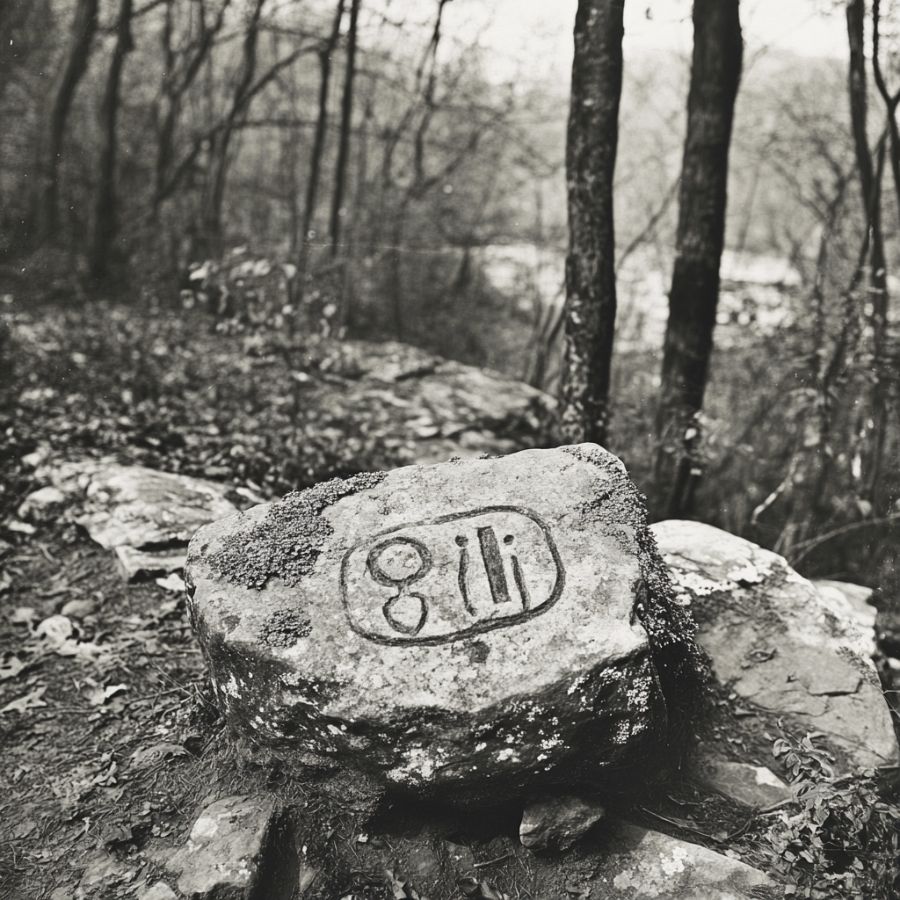
Captain John Clifton was a feared pirate in the early 1700s who raided ships along New England’s rocky coasts. His crew targeted merchant vessels carrying gold, silver, and gems from Europe and the Caribbean.
As British naval patrols increased, Clifton needed a safe spot to hide his stolen riches. He chose Great Bay near Durham, New Hampshire, a quiet area with winding rivers and dense forests.
Local tales say Clifton sailed up the Oyster River at night and buried his loot in a muddy cove. He marked the spot with a carved stone.
Over time, storms and erosion changed the shoreline, hiding the treasure deeper. Hunters have found old Spanish coins nearby, but the main hoard remains lost.
How much the treasure would be worth today
Clifton’s treasure, including rare coins and gold bars, could be worth $2 million today.
John Cromwell’s Hidden Cache – $1,500,000+
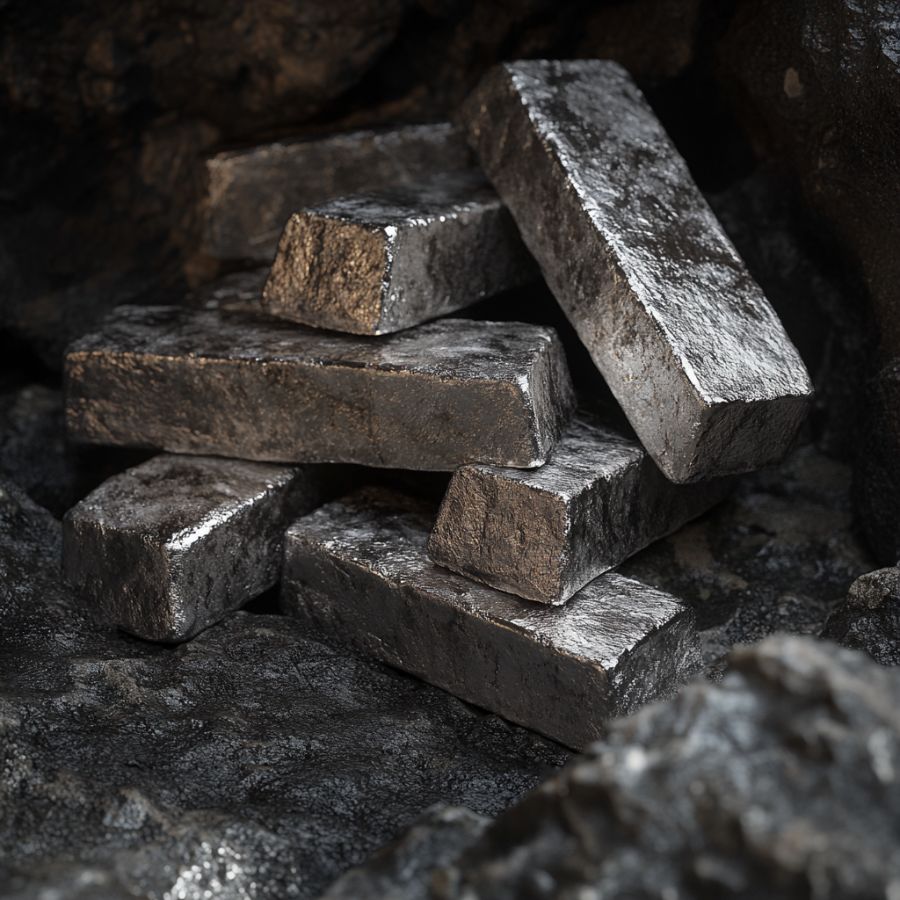
John Cromwell was a lesser-known pirate who prowled the Atlantic in the 1720s. Unlike flashy captains, Cromwell stayed quiet, attacking lone ships near the Merrimack River. After stealing silver bars and gold from a Spanish merchant ship, he needed to hide his loot fast.
Cromwell rowed up the Merrimack and buried his treasure on the river’s west bank. Stories say he used a twisted oak tree as a marker and scratched symbols into nearby rocks. The tree is long gone, but hunters still search for those symbols.
In the 1900s, a farmer found old tools here, making people wonder if they’re close.
Some think Cromwell’s cache is in a cave sealed by landslides. Others argue the river’s changing path hid it underwater. Either way, the pirate’s secret hasn’t budged in 300 years.
How much the treasure would be worth today
Cromwell’s hidden silver and gold could be valued at $1.5 million now.
Coins on Seabrook Beach – $750,000+
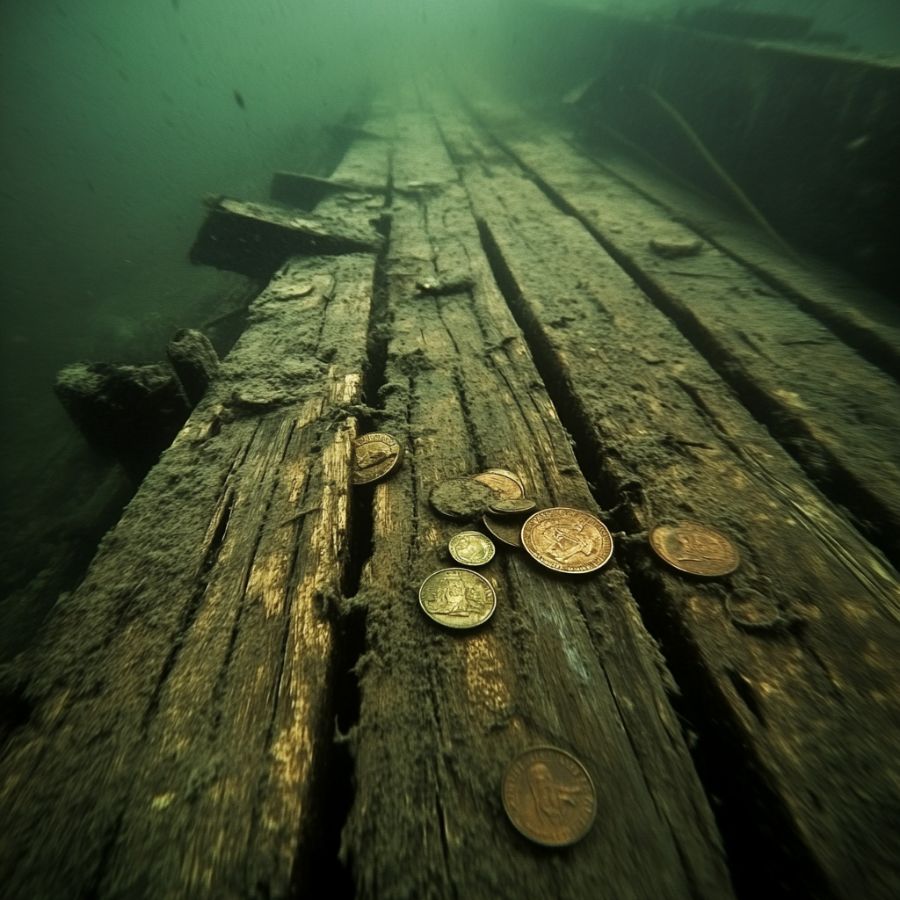
Seabrook Beach has a strange habit of spitting out old coins. For over a century, people have found Spanish silver “pieces of eight” and English coins here. The coins date to the 1750s, hinting at a shipwreck or buried treasure nearby.
Experts think a storm wrecked a pirate ship or smuggler’s boat offshore. The crashing waves scattered coins across the beach. After big storms, hunters rush to scan the sand with metal detectors.
Recently, rotting wooden planks from an old ship were found underwater near the beach. This has fueled hopes that a treasure chest is buried in the dunes or hidden under seaweed. The hunt goes on, with every tide offering a new clue.
How much the treasure would be worth today
A full cache here could be worth $750,000, including rare shipwreck relics.
Governor John Wentworth’s Buried Wealth – $1,200,000+

Governor John Wentworth was a loyal British ruler in New Hampshire before the American Revolution. When colonists rebelled in 1775, he packed his fancy silver plates, gold coins, and family jewels into six chests. He loaded them onto a wagon and fled toward Portsmouth.
Wentworth’s wagon got stuck near Middleton, so he buried the treasure to keep it from rebels. He hoped to return after Britain won the war, but he never did. The exact spot is unknown, though some clues point to a hillside or old stone wall.
The dense forests and private land make searching tricky. Many believe the treasure lies untouched, waiting for a lucky explorer.
How much the treasure would be worth today
Wentworth’s buried wealth might be worth $1.2 million today, including historical items.
The Lost Hayes Treasure – $250,000+
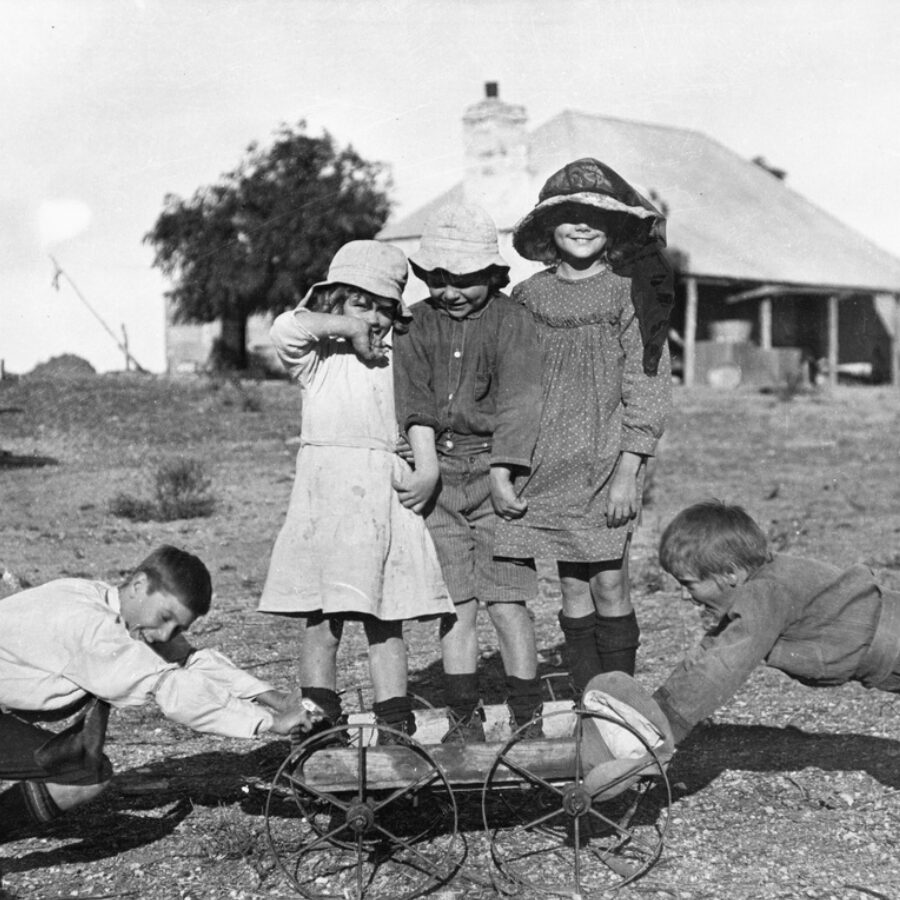
In the early 1800s, the Hayes family owned a farm in Barrington, New Hampshire. After her husband’s death, Mrs. Hayes became worried about thieves stealing their savings. These savings included rare silver dollars minted in the late 1700s and early 1800s. To protect the coins, she buried them secretly.
Later, Mrs. Hayes tried to find the treasure but couldn’t remember the exact spot. The land changed as new roads were built and forests grew.
Treasure hunters began searching the area in the 1900s, using old property maps. Some found broken pottery and farm tools, but the silver dollars stayed hidden.
Today, the area is a mix of woods and private land. Modern hunters use metal detectors near old stone walls or streams. The early silver dollars are highly valuable to collectors, especially if found in good condition.
How much the treasure would be worth today
Mrs. Hayes’ silver dollars could be worth $250,000 today due to their age and rarity.
The Algonquin Indian Treasure – $500,000+

The Algonquin tribe lived in New Hampshire long before European settlers arrived. In the early 1700s, conflicts with colonists forced them to protect their belongings. They gathered sacred items, tools, and traded metals like copper and gold.
They chose a hidden cave near Rock Rimmon, a rocky hill west of Kingston. They carried their treasures into the cave and sealed the entrance with stones. This was done to keep their valuables safe during raids or harsh winters.
Over time, the tribe moved away, and the cave’s location was forgotten.
The cave might be hidden under thick bushes or collapsed rocks. Some think natural erosion buried it deeper over time. Tribal stories mention the treasure’s spiritual importance, adding to its mystery.
How much the treasure would be worth today
The Algonquin artifacts could be worth $500,000 for their cultural and historical value.
The Lost Gold Mines of New England – $100,000+
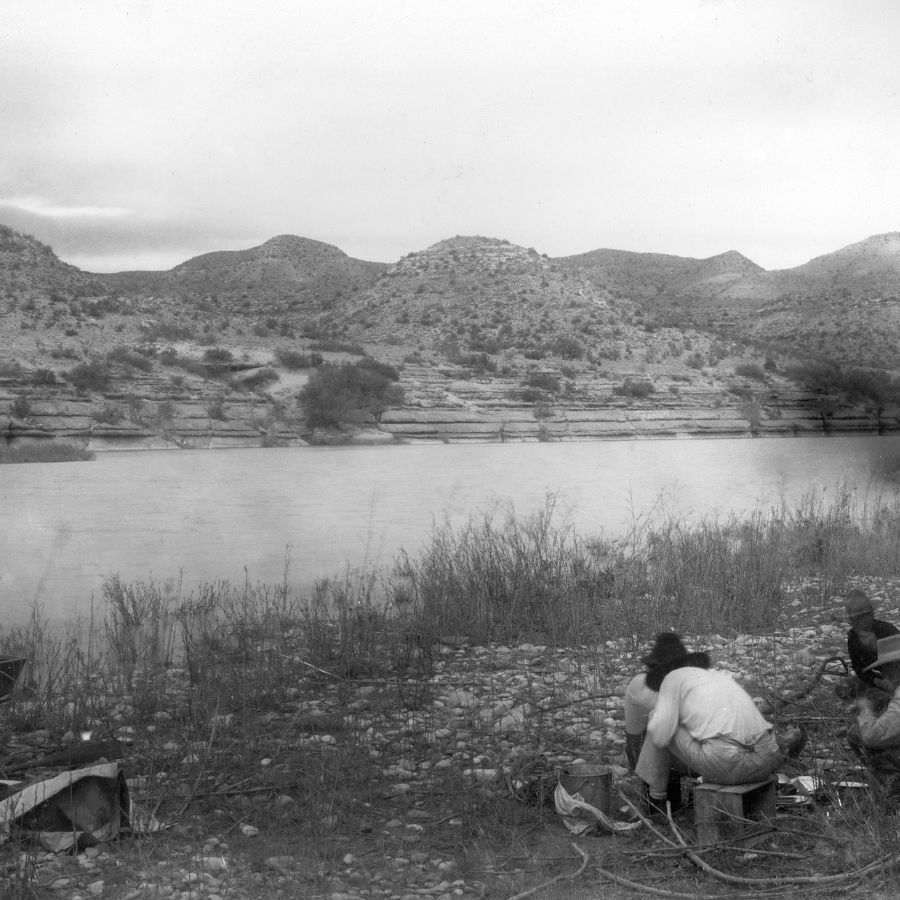
In the 1700s, rumors of gold in New England drew miners to the region. Small mines opened in New Hampshire, Vermont, and Rhode Island. Miners like John Walton and Albert Potter worked hard but found little gold.
Miners dug deep tunnels but mostly found low-quality gold. Mines, like those near Cumberland, New Hampshire, closed quickly. Poor tools and harsh winters made the work even harder.
General Shepard Leach spent years digging on Copper Hill, New Hampshire. He believed the area had a “mother lode” of gold. Instead, he found fool’s gold (pyrite) and lost his fortune. Stories say some mines still hold pockets of gold dust or nuggets.
Modern hunters explore old mining towns and riverbeds. They look for rusty tools or quartz veins that might signal gold.
How much the treasure would be worth today
A rediscovered gold mine could hold $100,000 in gold, depending on its size.
The Lost Treasure of the Isles of Shoals – $1,000,000+
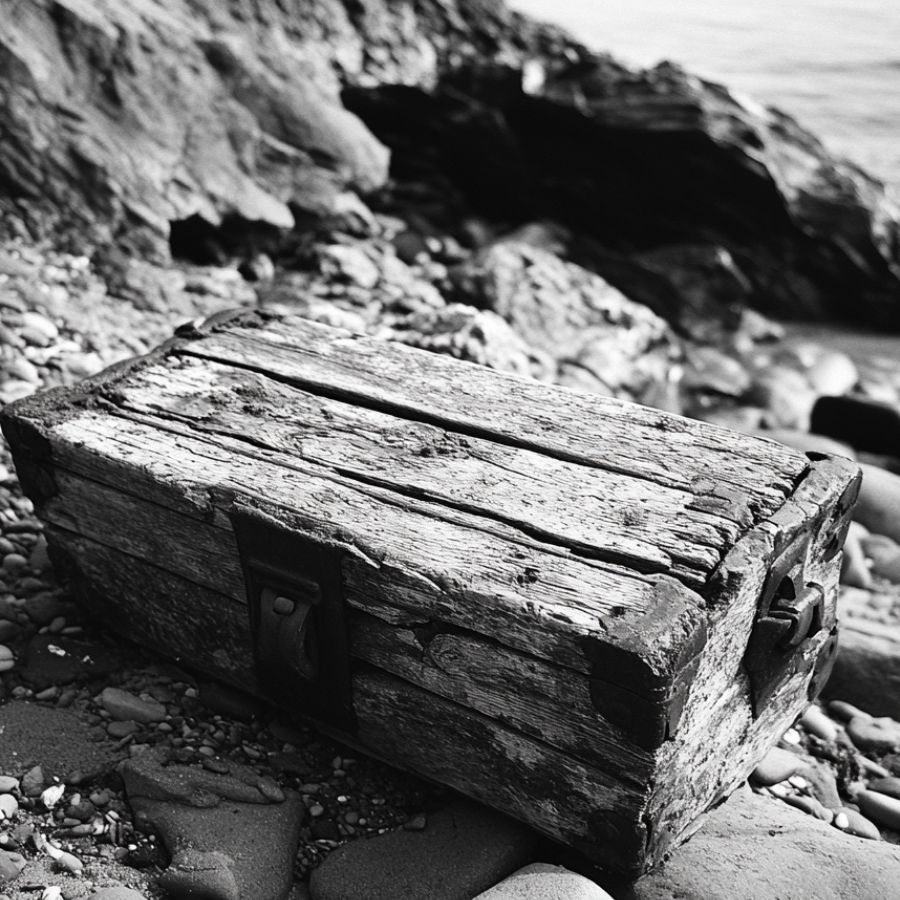
The Isles of Shoals, off New Hampshire’s coast, were once a hideout for pirates. In 1704, pirate John Quelch’s crew hid here after raiding a Portuguese ship. They buried part of their loot—gold coins and silver bars—on the islands.
Judge Samuel Sewall tracked the pirates to Star Island and arrested them. He recovered some treasure, but locals believed more remained hidden. In the 1800s, a farmer on Smuttynose Island found silver bars in his field. This fueled rumors of buried pirate loot.
Hunters searched the rocky shores and old wells but found little. Divers also explore shipwrecks near the islands. Some claim to see chests underwater, but strong currents and murky water hide the truth.
How much the treasure would be worth today
Pirate gold and silver from the Isles could be worth $1 million today.
The Captain Kidd Treasure – $2,000,000+

Captain William Kidd was a Scottish sailor turned pirate in the late 1600s. He raided ships in the Indian Ocean, collecting silk, spices, and silver. In 1699, he sailed to New England to clear his name but was arrested instead.
Before his capture, Kidd may have hidden treasure along the coast. It is rumored that he used the Isles of Shoals as a hiding spot.
In 2015, divers found a silver bar linked to Kidd near Madagascar. This made hunters wonder if more treasure waited in New England. Searches near old ports and beaches have turned up empty, but the legend stays strong.
Kidd was hanged in 1701, and his secrets died with him. Today, his story inspires treasure hunters to keep looking.
How much the treasure would be worth today
Captain Kidd’s hidden loot could be worth $2 million, including rare silver and artifacts.
The Lost French Payroll of 1759 – $2,000,000+
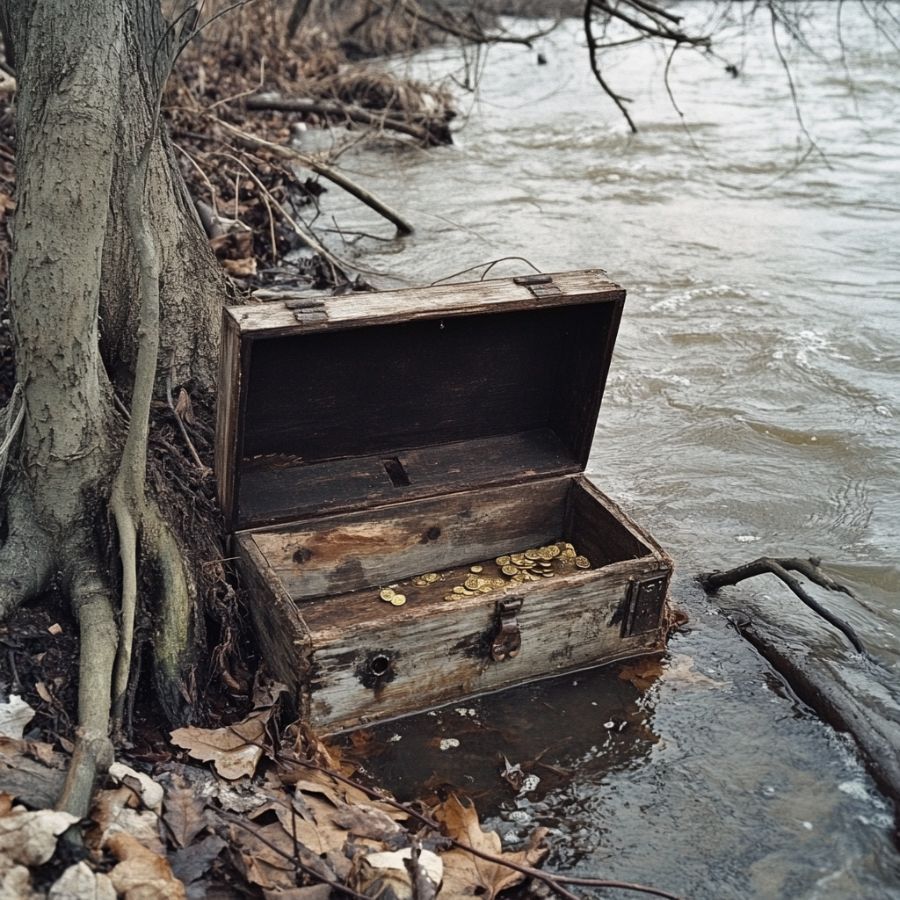
During the French and Indian War, French troops fought British forces for control of North America. In 1759, as the British pushed toward Quebec, French soldiers needed to protect a chest of gold coins meant for paying their army. Facing defeat, they buried the payroll near the Connecticut River to keep it from enemy hands.
The gold was likely hidden close to the river’s edge, where boats could access it later. After the war, French soldiers who knew the location never returned. Over time, the river’s path shifted, burying the chest deeper under soil or water.
In the 1800s, a farmer plowing land near Lyme found several French coins. This discovery led to small searches. The coins matched the type used by French forces during the war, adding credibility to the story.
Today, the area around Lyme and Hanover remains a focus for treasure hunters. The gold coins would be valuable both for their gold content and historical significance.
How much the treasure would be worth today
The French payroll’s gold coins could be worth $2 million based on historical military records.
The Beale Treasure – $60,000,000+

Thomas Beale was a 19th-century adventurer who claimed to bury a massive treasure in the United States. His story centers on three coded messages, one of which describes a hoard of gold and jewels. While most theories place the treasure in Virginia, some suggest Beale hid part of it in New Hampshire.
Beale and his team supposedly traveled through New England in the 1820s. The unsolved codes mention landmarks like mountains and rivers, leading some to link it to New Hampshire’s geography.
In the 1900s, a family in Bedford found a metal box with strange symbols, reigniting interest. Though the box was empty, believers think it connects to Beale’s treasure.
How much the treasure would be worth today
Beale’s treasure could be valued at $60 million today.
The Lost Revolutionary War Payroll – $1,500,000+
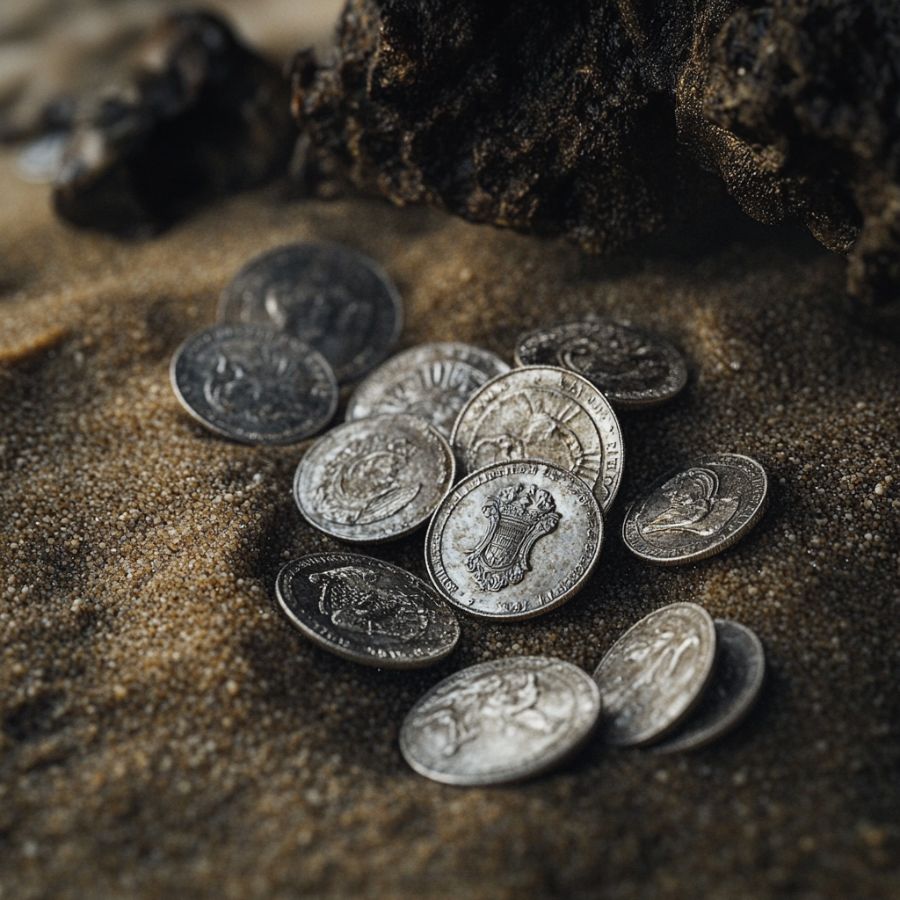
In 1777, New Hampshire’s militia needed funds to pay soldiers fighting the British. A shipment of silver coins was sent to Exeter, a key supply town. To protect the money from British raids, local leaders buried it secretly.
The payroll was hidden somewhere near the Squamscott River. The men who buried it died in battle before revealing the location. For years, locals passed down stories of the lost coins but never found them.
Historians note that the coins would have been stored in wooden boxes. The area around Exeter still draws treasure hunters hoping to find the Revolutionary-era silver.
How much the treasure would be worth today
The payroll’s silver coins could be worth $1.5 million today.
The Lost Treasure of Blackbeard – $5,000,000+

Blackbeard, the infamous pirate, raided ships along the Atlantic coast in the early 1700s. Though most of his activity was farther south, legends say he visited New Hampshire’s islands. Stories claim he buried stolen gold and silver on these islands.
After capturing a Spanish ship in 1717, Blackbeard’s crew needed to hide their loot quickly. The Islands offered rocky coves and small beaches for temporary storage. Later, a storm may have sunk part of the treasure offshore.
In the 1800s, a fisherman on Smuttynose Island found a silver bar washed up on shore. This matched the type of treasure Blackbeard targeted. While no chests were found, the discovery kept the legend alive.
How much the treasure would be worth today
Blackbeard’s hidden loot could be worth $5 million due to its historical rarity.
The Lost Treasure of the White Mountains – $750,000+
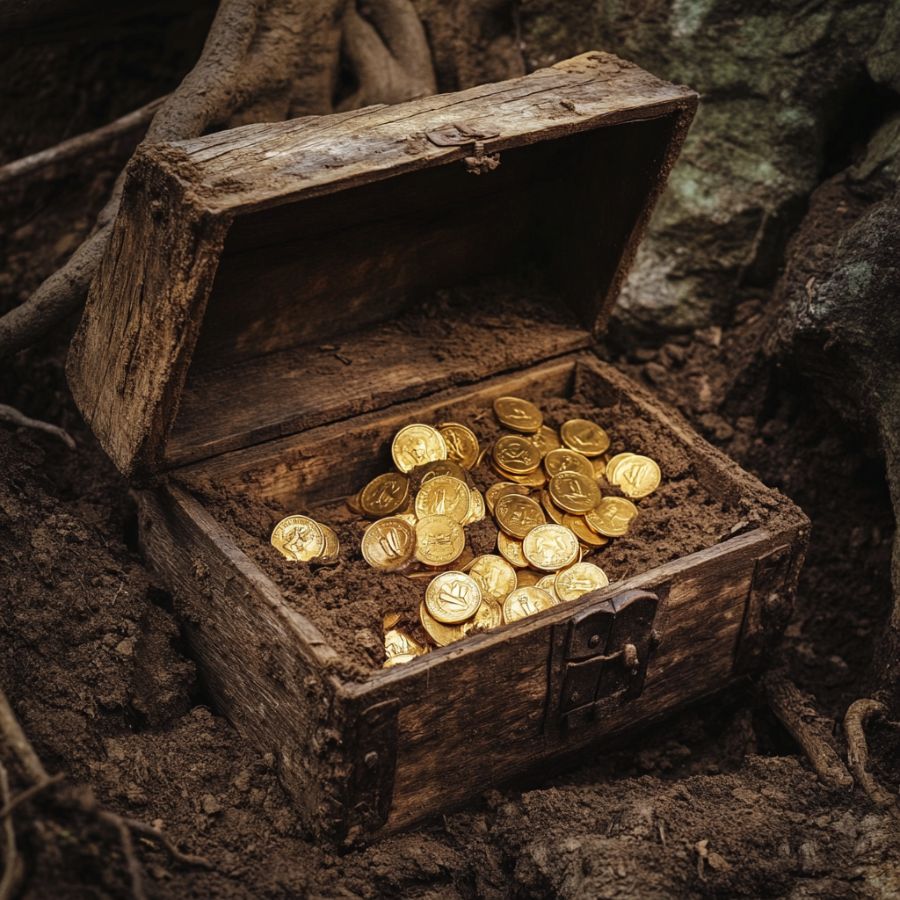
In the 1850s, a wealthy traveler journeyed through New Hampshire’s White Mountains with a chest of gold coins. To avoid robbery, he buried the chest near a notable landmark.
The traveler’s diary mentioned burying the gold near a waterfall or rock formation. Later hikers found an old shovel and a damaged chest in the Crawford Notch area. These items suggested someone had tried to hide something valuable.
In the 1930s, a camper reported spotting gold flakes in a stream near Mount Washington. The gold coins would be from the mid-1800s, making them valuable to collectors.
How much the treasure would be worth today
The buried gold coins could be worth $750,000 based on their age and quantity.
Marie Antoinette’s Diamond Necklace – $200,000,000+

Marie Antoinette, the last queen of France, became famous for her love of luxury. In 1785, jewelers created a necklace with 647 diamonds for her. The necklace caused a scandal in France when she refused to buy it, but legends say she later secretly owned a similar piece.
During the French Revolution in 1792, royalists smuggled her jewels out of Paris to save them from revolutionaries.
A French nobleman and his guide traveled to New Hampshire, bringing the necklace to avoid detection. They buried it near Pennichuck Pond in Nashua under a large boulder.
In the 1980s, a group found old chest fragments near the pond. The wood matched French designs from the 1700s. This discovery led to searches using ground-penetrating radar, but no diamonds were found.
How much the treasure would be worth today
Marie Antoinette’s necklace could be valued at $200 million or more.
Wreck of the Ship Sagunto – $10,000,000+
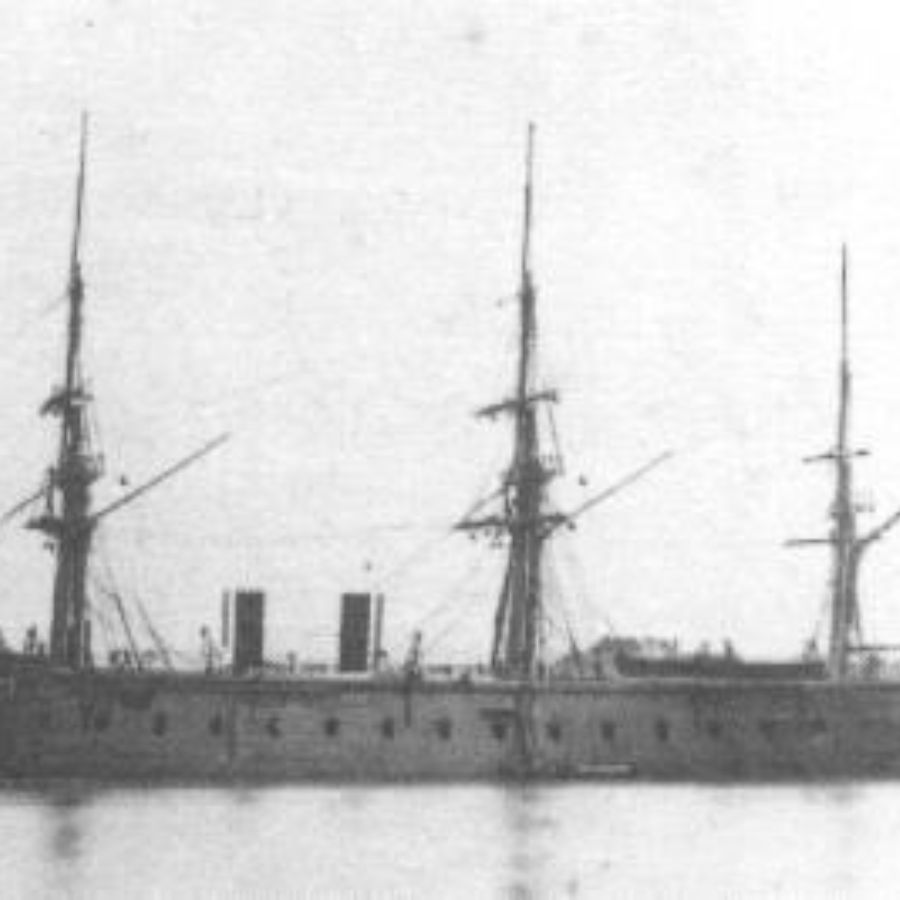
The Spanish ship Sagunto sailed from the Caribbean in late 1812, carrying silver bars mined in Peru. A fierce winter storm blew it off course in January 1813. Waves smashed the ship against rocks near Smuttynose Island in New Hampshire.
Captain Samuel Haley, who lived on the island, found three silver bars washed ashore. Spanish records show the ship carried over 50 silver bars, but most disappeared after the wreck.
Divers in the 1950s found ship timbers and a few silver coins underwater. The cold Atlantic currents preserved some artifacts, but no large silver hoard was recovered. Historians think the remaining bars may lie buried under sand or tangled in seaweed.
How much the treasure would be worth today
The Sagunto’s lost silver could be worth $10 million today.
John Quelch’s Buried Loot – $5,000,000+
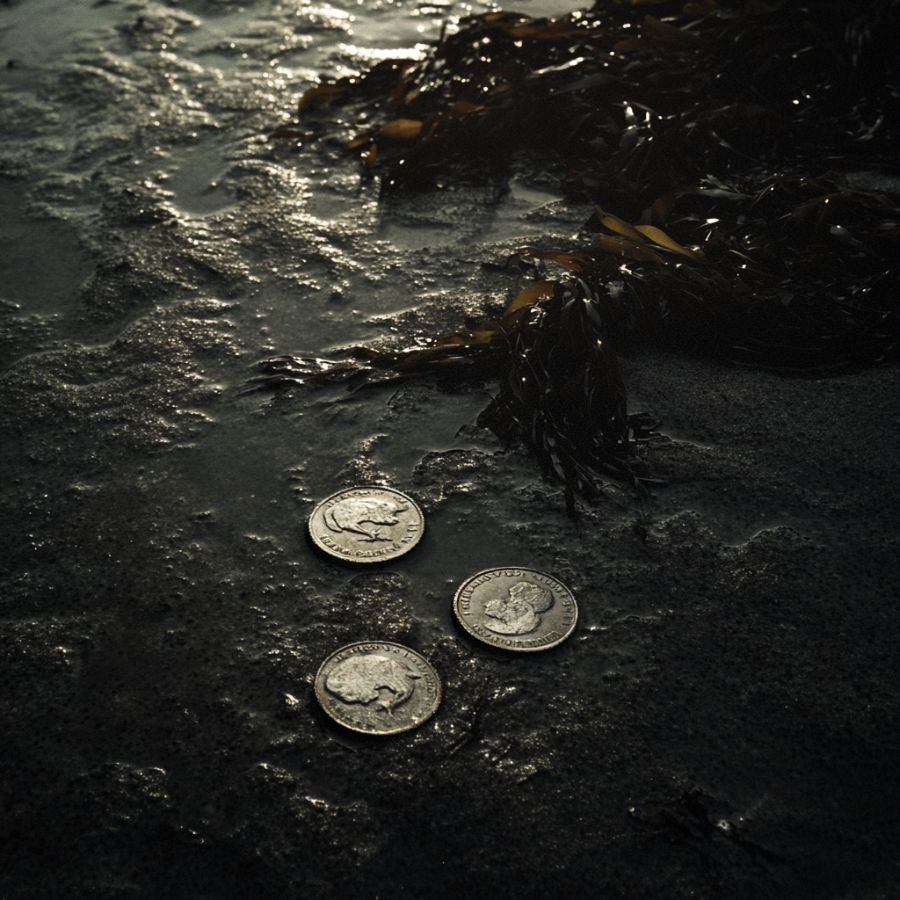
English pirate John Quelch raided Portuguese ships off Brazil in 1703. He captured a ship carrying gold dust and silver coins meant for Lisbon.
To avoid the authorities, Quelch’s crew buried nine pounds of gold and 190 pounds of silver on Appledore Island. They marked the spot with a pile of stones, according to sailor tales.
After Quelch was arrested in Boston, his crew refused to reveal the treasure’s location.
In 1850, a fisherman found gold coins inside a cracked clay jar on Appledore. The coins matched Portuguese designs from Quelch’s time.
How much the treasure would be worth today
Quelch’s buried loot could be worth $5 million in gold and silver value.
Surry Mountain Gold Mine – $1,000,000+
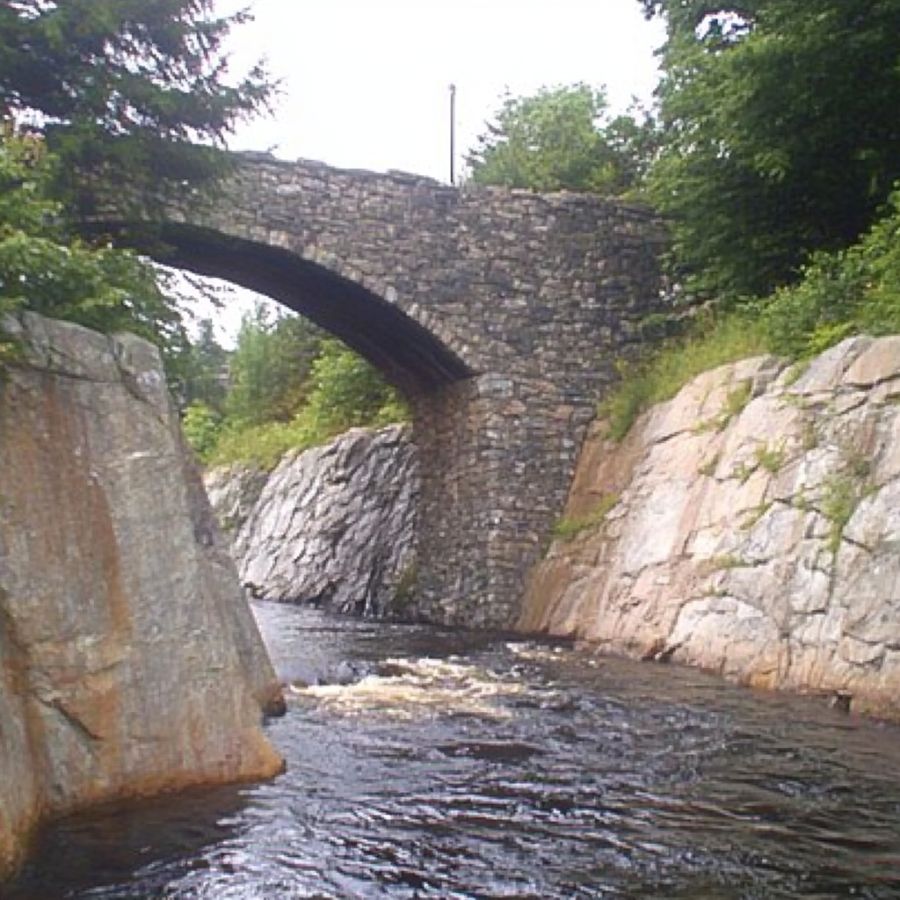
In the mid-1800s, New Hampshire farmers found gold flakes in streams near Surry Mountain. Prospectors like John Walton dug small mines hoping to strike it rich. They found tiny amounts of gold and silver but no major veins.
The mines closed by 1880 as miners left for California’s gold rush. Over time, forests grew over the old pits and tunnels.
Geologists say the area has low-grade gold deposits, not worth large-scale mining. However, collectors still search for nuggets in streams or old mine tailings. The exact locations of the original mines are unknown, but old property maps mention “Walton’s Dig” near the mountain’s base.
How much the treasure would be worth today
Surry Mountain’s gold deposits might hold $1 million in raw materials.

